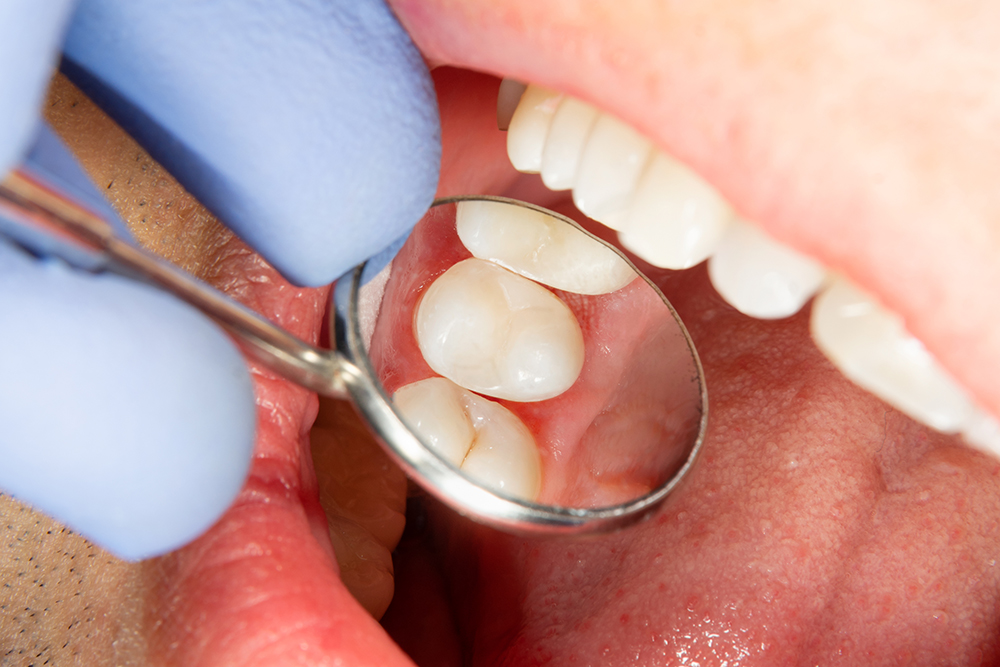Blog
Dental hygiene tips for healthy teeth & gums

What are the benefits of dental sealants
There are lots of tools and methods widely used for the protection of the teeth and their shine. From the basic activities like brushing and flossing every day to getting a dental visit periodically, you try everything. One such tool is dental sealant! The concept of dental sealants was first introduced in the early 1900s. Now it’s been long, and a lot has changed in the application and materials used. However, these changes have made dental sealants more useful than they were before.
What are dental sealants?
Dental sealants, also called pits and fissure sealants are the thin plastic coating applied at the surface of the molar or premolar teeth. The coating quickly sticks to the chewing surface providing protection against decay and guarding the pits and fissures of our teeth. Now the sealants are not at all a substitution for brushing and flossing, but additional protection.
Procedure to place the sealants
Placing dental sealants is an easy procedure with a few necessary steps involved. If you are amongst those wanting an alternative to fillings, have a look at the steps below:
STEP1: Cleaning the tooth
First of all, the dentist will clean the tooth, so that the coating adheres to the surface. Cleaning is done with the help of a small brush attached to the dental drill.
STEP2: Conditioning the surface
This is a preparatory step and consists of applying an etching gel on the surface. This is done with the help of a brush, a cotton pellet, sponge, and other applicators. The etchant is allowed to rest at the surface for around 60 seconds and then washed.
STEP3: Evaluating step 2
After washing the tooth thoroughly, the dentist will use the air syringe to blow the tooth dry and check if the conditioning is done effectively. The conditioned part of the tooth must look frosty, white, and dull.
STEP4: Applying the sealant
The dentist will now apply the sealant, which is a liquid plastic coating on the grooves of the teeth. This is done with a brush or a syringe. You need to know that the sealant is filled only in those areas of the tooth where it has pits and fissures.
STEP5: Setting the sealant
After positioning the sealant, a blue cloured dental flashlight is shone on the applied sealant. The light acts as a catalyst to trigger its functioning.
Benefits of dental sealant
Dental sealants are mainly recommended for a child and teenagers who are prone to frequent cavities and decays. Apart from acting as a guard against the cavities, there are following benefits of fitting a high-quality dental sealant:
- Applying dental sealants is a painless procedure.
- Sealants provide an additional back to the oral care routine.
- Dental sealants last as long as 5-10 years.
- Sealants have an easy repair and maintenance process.
- Dental sealants keep away the severe dental issues.
Since their inception, the dental sealants have been widely used for the patients at the dental clinic. You only need to make dental visits to get the worn or chipped sealants fixed.
Book Appointment to find out which treatment might be best for you.


